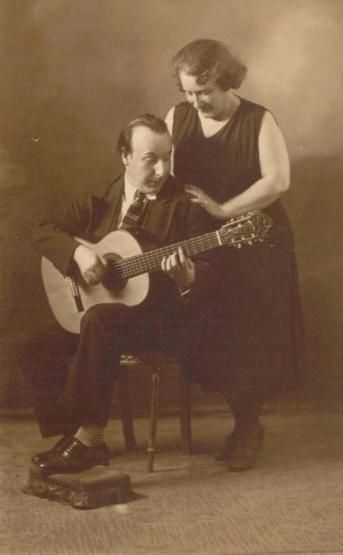


Often the students were invited to a concert of guitar duets played by their teacher and the prolific arranger Dr. One student would then perform a work for the class, afterwhich the performance was critiqued by teacher and classmates.


Pujol was later chosen as one of Tárrega's elite students and was included in a daily program of instruction : His first few lessons alone with the “mestre” dealt only with position, tuning, left and right hand positioning, and harmony. His International Courses of Guitar, Lute and Vihuela The city of Lleida, Catalonia near to Pujol's Tárrega as his "mestre" (Catalan for “Maestro”), in his biography he endearingly described the then 49-year-old teacher as graying, with a long beard in the style of the Spanish painter, Zorilla. At this time Tárrega's former student Miguel Llobet was expanding his performances beyond Barcelona thus beginning his illustrious concert career. In 1901 he began his studies with Francisco TárregaĪt the Conservatory of Barcelona. Don Ramon Pujol, Emilio initiated engineering studies which were detained by a long bout of pleurisy (a lung ailment) after which he was able to convince his father of his passion for music as a career. At age 11 years he learnt to play the bandurria (similar to mandolin and cittern) and was selected to perform with the famous Catalonian bandurria and guitar orchestra “Estudiantina Universitaria” at the Paris Exhibition in 1900. These lessons continued and he also enrolled at the Municipal school of Music in Barcelona. His musical studies began with the director of the village band who taught him the sight-singing method, solfeggio. An important figure in guitar history, he is regarded as the leading spokesman for twentieth century guitar pedagogy. This Spanish maestro was born in the village of Granadella, near the city of Lleida.


 0 kommentar(er)
0 kommentar(er)
